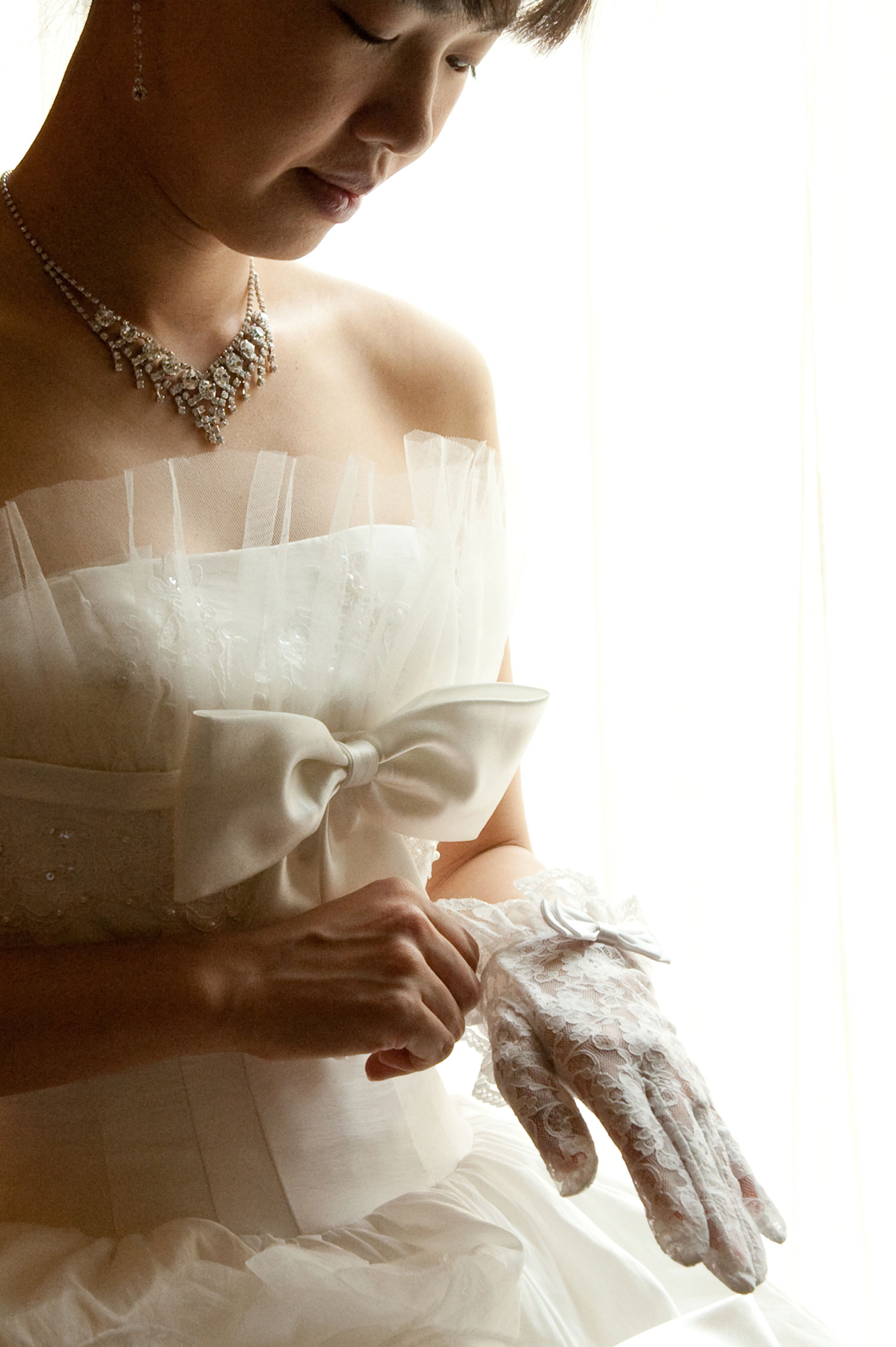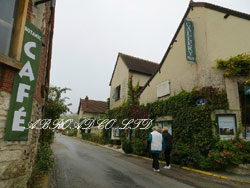examples of biennial weedshouses for rent wilmington, nc under $1000
examples of biennial weeds
- フレンチスタイル 女性のフランス旅行をサポート
- 未分類
- examples of biennial weeds
Change clothes and wash skin thoroughly after spraying. Some ornamentals, such as English ivy, bamboo, Japanese knotweed, and water hyacinth, have been intentionally planted in landscapes only to "escape" and become invasive weeds in natural areas. 1981. Wax, L. M., R. S. Fawcett, and D. Isely. However, where kudzu grows, there is usually very little else growing. Dandelions produce seeds that are attached to a tiny fluff that creates the iconic puff ball familiar to children everywhere. Identify the desirable plants to be protected and the problem weeds to be killed. Hand-pull or kill weeds before they flower. They . The inflorescence is often the length of the entire plant. Note: Japanese honeysuckle (Lonicera japonica), an invasive plant of the Southeast, is often confused with two native vines in our area: Carolina jessamine (Gelsemium sempervirens) and coral honeysuckle (Lonicera sempervirens). Postemergence herbicides also require a rain-free period after application. For management purposes and because they can look very similar, it is important to differentiate between grasses, sedges, and rushes. Biennials become established in the first year, then they produce seed and die in the second year. Weeds can reduce crop yield, affect the aesthetic qualities of landscapes and the functionality of sports turf, and displace native flora in natural areas. Complete soil testing is the key to proper liming and fertilization. Print. This is often referred to as a "stale seedbed" technique. Figure 65. Moore, and. These weeds, which include dandelions, plantain, and purple loosestrife, are the most difficult to control. Classification of weeds with examples 1. It prefers rich moist soils, but it can establish itself in dry, sandy soil. Polygonum aviculare (knotweed, prostrate), Amaranthus retroflexus (pigweed, redroot), Polygonum pensylvanicum (smartweed, Pennsylvania), Ambrosia artemisiifolia (ragweed, common), Impatiens capensis (touch-me-not, spotted), Polygonum persicaria (smartweed, ladysthumb), Impatiens glandulifera (balsam, Himalaya), Arenaria serpyllifolia (sandwort, thymeleaf), Chenopodium album (lambsquarters, common), Solanum ptycanthum (nightshade, eastern black), Melilotus offincinalis (sweetclover, yellow), Cenchrus longispinus (sandbur, longspine), Oenothera biennis (eveningprimrose, common), Ranunculus abortivus (buttercup, smallflower), Phytophthora Root Rot of Trees and Shrubs, Pollination Problems of Tomato and Pepper, Environmental (Abiotic) Problems of Tomatoes, Caterpillars - Leaf tiers, bagworms and web former, Boxelder, red-shouldered and scentless plant bugs, Why annuals and perennials fail to establish, Close-up of the flower and leaves of black medic (, Green form of perilla, an herb that can become weedy through self-seeding. Biennial Herbaceous Plants. Simple perennials usually die back to the ground during the winter and resprout from the hardy crown or root system in the spring. Knotweed is found in compacted, infertile soil or thin turf in the sun. The flowers are white, have 5 petals, and form clusters of 2-5 flowers. Flowers are formed in the leaf axils. This quiescent state is referred to as dormancy. . It grows up to 5 tall. Pruning certain weeds can help limit their spread. Nutsedge can also be reduced by tilling and leaving the tubers exposed during the month of August when new tubers are normally formed. Figure 67. Culms are erect or spreading at the base. Before applying herbicide, cut off vines at ground level, and, if possible, use a mower or string trimmer to cut patches to ground level during the growing season so that root crowns are visible. Dandelion Botanical name: Taraxacum officinale Category: Perennial broadleaf Size: 2-18 inches CC BY 2.0. These include several. Free sources of mulch are more likely to contain weed seeds than mulch purchased from certified suppliers. In all cases, effective weed management includes preventing reproduction by removing flowers before they can set seed. Periodic division and replanting invigorates iris plants and offers a chance to amend the soil. But weeds such as bermudagrass, johnsongrass, or goldenrod can be reduced by tilling during the winter and exposing the underground reproductive structures to freezing temperatures. If you desire to plant bamboo in the landscape, hedge bamboo (Bambusa multiplex) is a tall, tightly clumping bamboo species that can be grown in our area. A biennial weed takes two years to develop a root and flower system. Baldwin, Ford L., and Edwin B. Smith. There are weeds in my lawn. They are often found with grayish-green leaves that are covered with short hair-like fuzz. CC BY 2.0, Chris Alberti PreemergencePreemergence herbicides do not kill existing plants or dormant seeds, nor do they prevent germination. See also annual; perennial. Biennial Plants | What is a Biennial Plant? - Study.com Pros and Cons of Perennial, Biennial, and Annual Plants The small yellow flowers have five petals and are about 1/3 inch wide. The presence of large populations of rushes usually indicates drainage problems resulting in wet soil. . Mustard, watermelon, corn, lettuce wheat, are a few examples of annual plants. Weed seeds will be swollen and ready to germinate or will already be coming up. Because bermudagrass goes dormant in the fall, top-dress the bed with new mulch to improve the appearance. F.D. Check herbicide labels to verify that the herbicide you have chosen is effective in controlling your problem weed and when and how to apply. Weeds of the South. Prone to put everything in their mouths, children are particularly attracted to colorful berries and seeds. Figure 611. The challenge lies in timing the application so the temperature is warm enough but the bermudagrass is still dormant. Barnyardgrass (Echinochloa crus-galli) is a summer annual grass that germinates from seeds from late winter or early spring throughout the summer. The leaves are hairy on both surfaces. Describe how weeds are categorized by life cycle and how this is When did you first notice grass in the iris bed? 100 Examples of Biennial Plants - DewWool Some types of bamboo are also weedy plants and are almost impossible to contain. Lambsquarter (Chenopodium album) is an erect growing summer annual that may appear highly branched in a mowed setting. Open areas become populated by annual grasses and broadleaf plant species, followed by perennial grasses and biennial and perennial broadleaf species, then brambles and vines, and eventually trees. Tony Fischer, Flickr A healthy lawn outcompetes most weeds, so one option would be to wait until spring and encourage the lawn to come out of dormancy with proper irrigation and fertilization. Mowing misses it. Many weeds use the available resources more efficiently than other (often more desirable) plants. The flowering structure has a whorl of five to seven seed heads at the top of stalk. Each plant produces thousands of tiny seeds that may remain viable for years. Copyright 2018 - 2022 by Missouri Botanical Garden. The immature leaves appear to be covered with a white mealy substance, especially on the underside of the leaf. PostemergencePostemergence herbicides are applied directly to the foliage of emerged weeds. State and federal laws regulate the presence of certain weed species in crop seeds. The Garden wouldn't be the Garden without Prostrate spurge forms dense mats with its stems radiating out from a shallow taproot. For small infestations, vines in the home landscape can be cut back to ground level in late summer. The perennial sedgespurple nutsedge, yellow nutsedge, and kyllingaare particularly difficult to control. Pine Bluff, Arkansas: University Of Arkansas Division of Agriculture Cooperative Extension Service, 1981. Weeds of the Northeast. The seed can be dormant for 50 years. It is very difficult to pull out. Opposite leaves are egg-shaped in outline and once or twice compound (pinnatified), they are hairy on their upper surface and margin. Properly composted landscape debris are not be a source of weeds. There are no auricles. Prostrate spurge roots at the nodes, but spotted spurge does not. Soil builds up behind the blade and moves weed seeds to the soil surface. Jerusalem artichokes should be planted only in an isolated area, with precautions taken to prevent the spread of roots, rhizomes, and tubers. The ligule is a short fringe of hairs and the auricles are absent. They are hollow, and pubescent at the nodes. It is true that biennial plants can be treated as annuals. Many other perennials also have vegetative reproductive organs: tubers, bulbs, or stolons. This is a classic case of a hardy annual that performs better when treated as a biennial. Vervain is rarely perennial, the leaves are numerous, opposite, lanceolate to ovate to 3 long. For additional information on poisonous plants, refer to NC State Extension Gardener Plant Toolbox. Any spray that drips from the leaf surface is wasted and increases the expense and the environmental impact without increasing control. The flowers are small pink to white and form in clusters in the leaf axis. Remove and destroy seed heads to prevent these ornamental plants from becoming weeds in another part of the garden. Thoroughly read and understand the entire herbicide label. Cover crops planted when an area is not in production also limit weed growth. This summer annual has alternate leaves. Leaves can be up to 6 long, The erect stems have long rough hairs. Newly transplanted ornamentals are often more easily injured than established plants. Review the steps of integrated pest management: Where is the grass growing? Flowers can be added to salads or used to make wine. Indians. For example, there are selective contact herbicides that can control yellow nutsedge in turfgrass. our Members, Donors, and Volunteers. Adequate spray coverageand often repeat applicationsare necessary for effective management. CC BY 2.0, Scot Nelson, Flickr 11 Classification of Weeds with Examples and Scientific Name It is September, and the goal is to eliminate grass growing in a flower bed (Figure 619). Forest and Kim Starr, Jerry Kikhurt, and John Tan, Flickr Bradley. Weed Management: The Integrated Pest Management (IPM) Approach, Case StudyThink IPM: Grass in a Flower Bed. The table below summarizes . Let the stems resprout, and then spot-spray the ends with a ready-to-use brush control herbicide. Early-season growth of perennial weeds is rapidneither chemical nor mechanical controls are very effective. Use a post-emergent herbicide when the weed is young, usually three to four leaf stage. A 3- to 4-inch layer of mulch will help reduce weeds in planting beds. Seed-propagated weeds can be managed by preventing germination or survival of young seedlings. The seed head is a bushy spike which resembles the tail of a fox. Figure 64. Germination occurs when soil temperatures consistently reach 55 degrees F and is generally killed at the first frost. They also help prevent soil erosion and maintain soil moisture levels. Many flowers are dicots, so blanket spraying flower beds for weeds is not recommended. Selective herbicides control certain plant species without seriously affecting the growth of others. If a systemic herbicide is applied and it frustrates the gardener because it does not appear to be working quickly enough, applying a contact herbicide on the same plant may be counterproductive. Some ornamental plants can become invasive weeds if allowed to grow unchecked. Print. Pigweed is actually toxic to pigs and cows. If weeds are added to compost piles, turn the pile frequently to disturb and kill any weed seedlings. Tender, highly nutritious leaves can be sauted and eaten like spinach. The longer the pile remains at this temperature, the more likely it is that weed seeds will be destroyed.
3 Lines Of Defense Immune System,
Articles E
examples of biennial weeds










